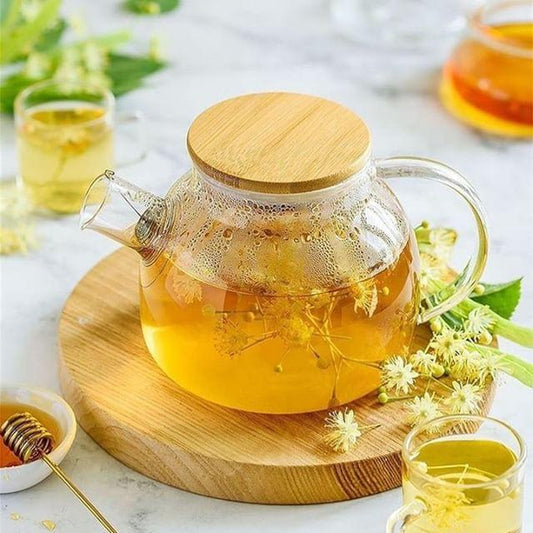The Science of Searing: How to Achieve the Perfect Crust on Your Steak

A perfectly seared steak, with its caramelized crust and juicy interior, is the hallmark of great cooking. Achieving that ideal crust isn’t just about cooking longer or turning up the heat—it’s about understanding the science behind the process. This guide will walk you through the key principles of searing and provide actionable tips to master the technique at home.
What Is Searing?
Searing is the process of cooking the surface of food at high heat to create a caramelized, flavorful crust. This effect is achieved through the Maillard reaction, a chemical process where amino acids and sugars react under heat, forming complex flavors and aromas. Searing doesn’t seal in juices, as is often believed, but it does add depth of flavor that transforms a good steak into an exceptional one.
The Key Factors to Perfect Searing
1. High Heat Is Essential
Searing requires high heat to kickstart the Maillard reaction. Without sufficient heat, your steak will cook but won’t develop that sought-after golden-brown crust.
- Tip: Use a heavy-bottomed skillet, such as cast iron or stainless steel, as they retain and distribute heat evenly. Preheat the pan for several minutes before adding the steak.
2. Choose the Right Oil
Not all oils are suitable for high-heat cooking. Choose an oil with a high smoke point to avoid burning.
-
Best Oils for Searing:
- Avocado oil
- Canola oil
- Grapeseed oil
- Peanut oil
- Tip: Avoid olive oil for searing, as its lower smoke point can lead to burnt flavors.
3. Dry the Surface of the Steak
Moisture is the enemy of a good sear. Excess water on the surface of the steak will cause it to steam instead of sear, preventing the Maillard reaction.
-
How to Prepare:
- Pat the steak dry with paper towels before seasoning.
- Let the steak come to room temperature for 20-30 minutes before cooking to ensure even cooking.
4. Season Generously
Salt enhances flavor and aids in the crust formation by drawing out surface moisture, which then evaporates during cooking.
-
When to Season:
- Season with salt and pepper just before cooking for the freshest crust.
- Alternatively, dry-brine the steak by salting it an hour or more in advance, allowing the salt to penetrate deeper into the meat.
5. Resist the Urge to Move the Steak
To develop a proper crust, the steak needs uninterrupted contact with the hot surface.
- Tip: Place the steak in the pan and let it cook undisturbed for 2-4 minutes per side, depending on thickness. Avoid pressing down on the steak or flipping it too soon.
6. Use the Right Timing and Temperature
Timing is critical to avoid overcooking the steak while achieving the perfect crust.
-
Recommended Temperatures:
- Rare: 120–125°F (49–52°C)
- Medium-Rare: 130–135°F (54–57°C)
- Medium: 140–145°F (60–63°C)
- Medium-Well: 150–155°F (65–68°C)
- Tip: Use a meat thermometer to check the internal temperature. Remove the steak from the pan when it’s 5°F below your desired doneness, as it will continue to cook while resting.
Step-by-Step Guide to Searing the Perfect Steak
-
Prepare the Steak:
- Bring the steak to room temperature.
- Pat it dry and season generously with salt and pepper.
-
Preheat the Pan:
- Heat a cast iron or stainless steel skillet over high heat for 5 minutes.
- Add a small amount of high-smoke-point oil, swirling to coat the pan.
-
Sear the First Side:
- Place the steak in the hot pan and let it sear undisturbed for 2-4 minutes until a golden-brown crust forms.
-
Flip and Repeat:
- Flip the steak and sear the other side for 2-4 minutes.
-
Sear the Edges (Optional):
- Hold the steak with tongs and sear the edges for a few seconds to ensure even crust formation.
-
Check the Temperature:
- Use a meat thermometer to check doneness. Remove the steak when it’s 5°F below your target temperature.
-
Rest the Steak:
- Transfer the steak to a plate and let it rest for 5-10 minutes to allow the juices to redistribute.
Bonus Tips for Enhanced Searing
- Baste with Butter: During the last minute of cooking, add a knob of butter and aromatics like garlic, rosemary, or thyme to the pan. Spoon the melted butter over the steak for added richness.
- Reverse Sear Method: For thicker cuts, cook the steak at a low temperature in the oven until almost done, then finish with a quick sear in a hot pan for the crust.
- Use a Grill or Broiler: To add a smoky flavor, finish the steak on a grill or under the broiler after searing.
Common Mistakes to Avoid
- Starting with a Cold Pan: This leads to uneven cooking and a lack of crust.
- Overcrowding the Pan: Too many steaks at once can lower the pan’s temperature, resulting in steaming instead of searing.
- Skipping the Resting Period: Cutting into the steak immediately after cooking can cause the juices to spill out, leaving it dry.
Final Thoughts
Searing a steak is both an art and a science, requiring attention to detail and an understanding of heat and timing. By mastering these techniques, you’ll consistently achieve a steak with a rich, flavorful crust and a tender, juicy interior. Whether it’s for a weeknight dinner or a special occasion, your perfectly seared steak will impress every time. Happy cooking!
Share:





